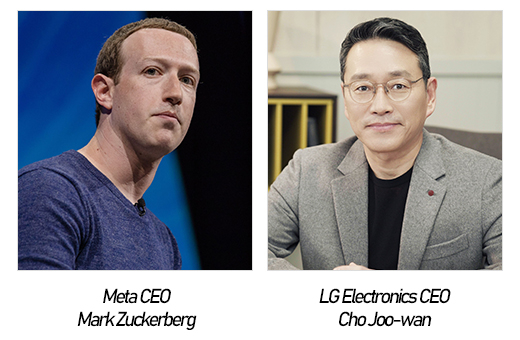
2-27 #SpoilMyself : Qualcomm has announced the Qualcomm AI Hub; Intel has revealed that Microsoft plans to use its services to manufacture a custom computing chip; Lenovo has revealed ThinkBook Transparent Display concept laptop; etc.

Qualcomm has announced the Qualcomm AI Hub, a library of pre-optimized models for deployment on Snapdragon and Qualcomm platforms. for developers. It allows developers to quickly implement AI models in their apps. The company says that these optimized models should work on non-Snapdragon devices too, with some caveats. This library is packed full of more than 75 AI and generative AI models, including Whisper, ControlNet, Stable Diffusion, and Baichuan 7B. These are all optimized for on-device execution, with lower memory utilization and better power efficiency. They are built to take advantage of the specialized hardware in Qualcomm chips, including all cores within the AI engine. Developers will even be able to integrate these models into their applications.(Android Authority, Qualcomm, XDA-Developers, Pocket-Lint, VentureBeat)
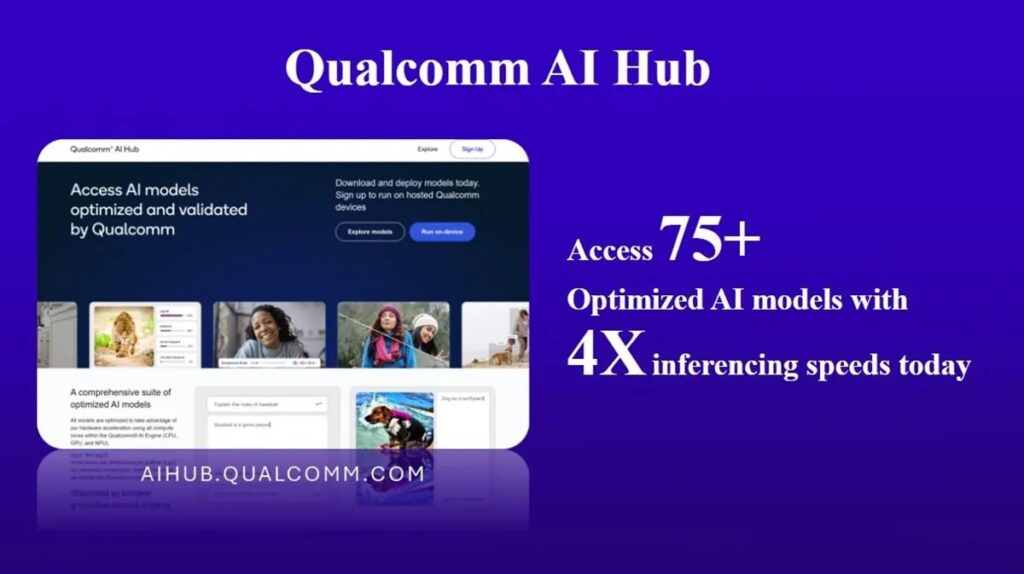
Qualcomm has announced FastConnect 7900 and Snapdragon X80 5G. The FastConnect 7900 integrates Wi-Fi 7, Bluetooth 5.4, and Ultra Wideband (UWB). It’s built on a 6nm process node compared to 14nm for the 7800, with 40% lower power usage. The FastConnect 7900 will launch commercially in 2H24. Snapdragon X80 5G supports 6x carrier aggregation for sub-6GHz bands with peak 5G download speeds of 10 Gbps and 3.5 Gbps upload. There is also “fully integrated” NB-NTN satellite communications support. The Snapdragon X80 supports 3GPP Release 17 and Release 18, while Qualcomm touts software updatability to support 5G Advanced when that becomes available. It features an AI processor (tensor accelerator) to “improve data speeds, latency, quality of service (QoS), coverage, location accuracy, spectrum efficiency, power efficiency and multi-antenna management”. The first devices with Snapdragon X80 will also launch in 2H24. (CN Beta, Android Headlines, GSM Arena, 9to5Google)
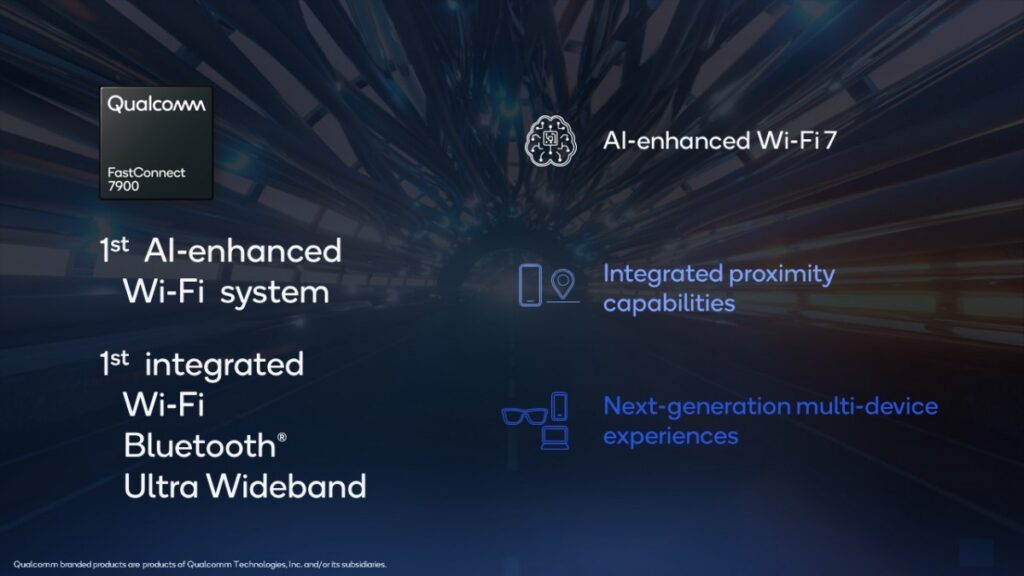
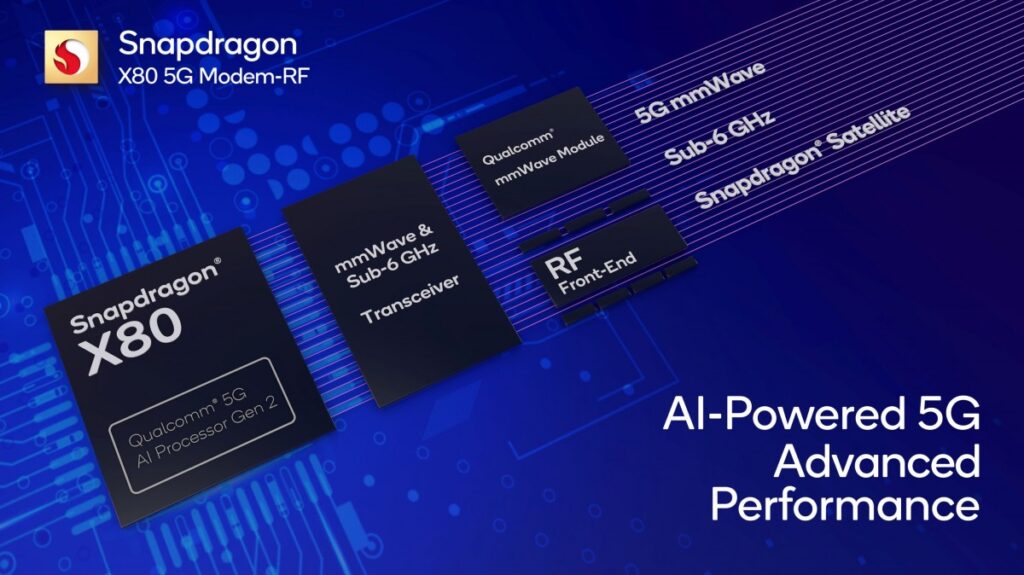
Intel has revealed that Microsoft plans to use its services to manufacture a custom computing chip and that the company expects to beat an internal deadline of 2025 to overtake its biggest rival, Taiwan Semiconductor Manufacturing Co (TSMC), in advanced chip manufacturing. Intel says it plans to retake the mantle of making the world’s fastest chips from TSMC later 2024 with what it calls Intel 18A manufacturing technology and extend that lead into 2026 with new technology called Intel 14A. It said Microsoft will use its 18A technology to make an undisclosed chip and that it now expects USD15B of foundry orders, up from the USD10B that the company had earlier told investors to expect.(Android Headlines, XDA-Developers, Reuters)
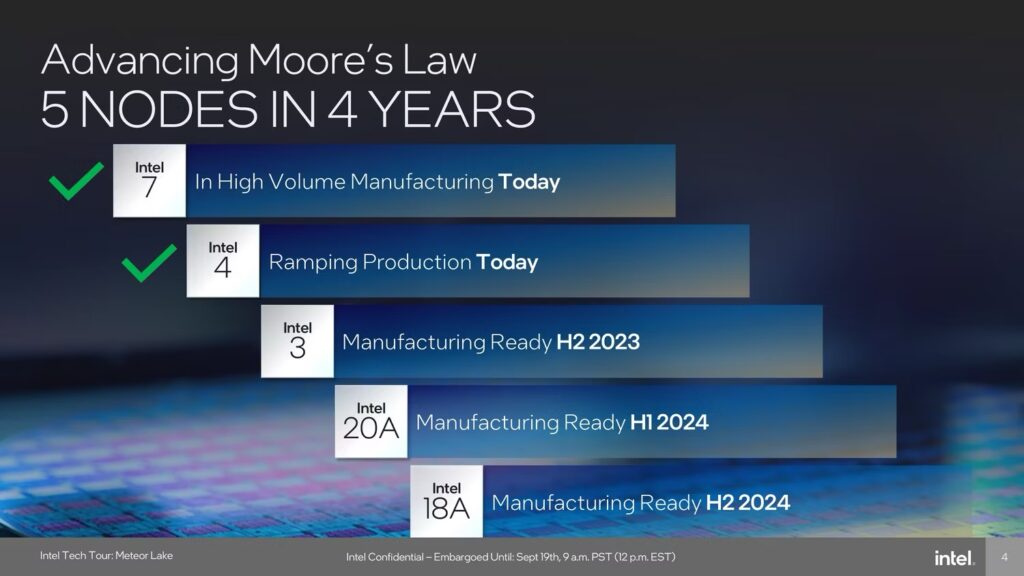
Google’s Tensor G3 is the first smartphone chip to ever support hardware-accelerated AV1 encoding. Most phones still use h.264 for video encoding, since it is a ubiquitous standard that offers great compatibility. However, no one can use AV1 encoding on Pixel devices, even though support is there. Not a single Android app uses AV1 encoding right now, and that includes the Pixel Camera app. There is a “lack of platform support” for AV1 encoding.(Android Headlines, WCCFTech, Twitter, CN Beta)
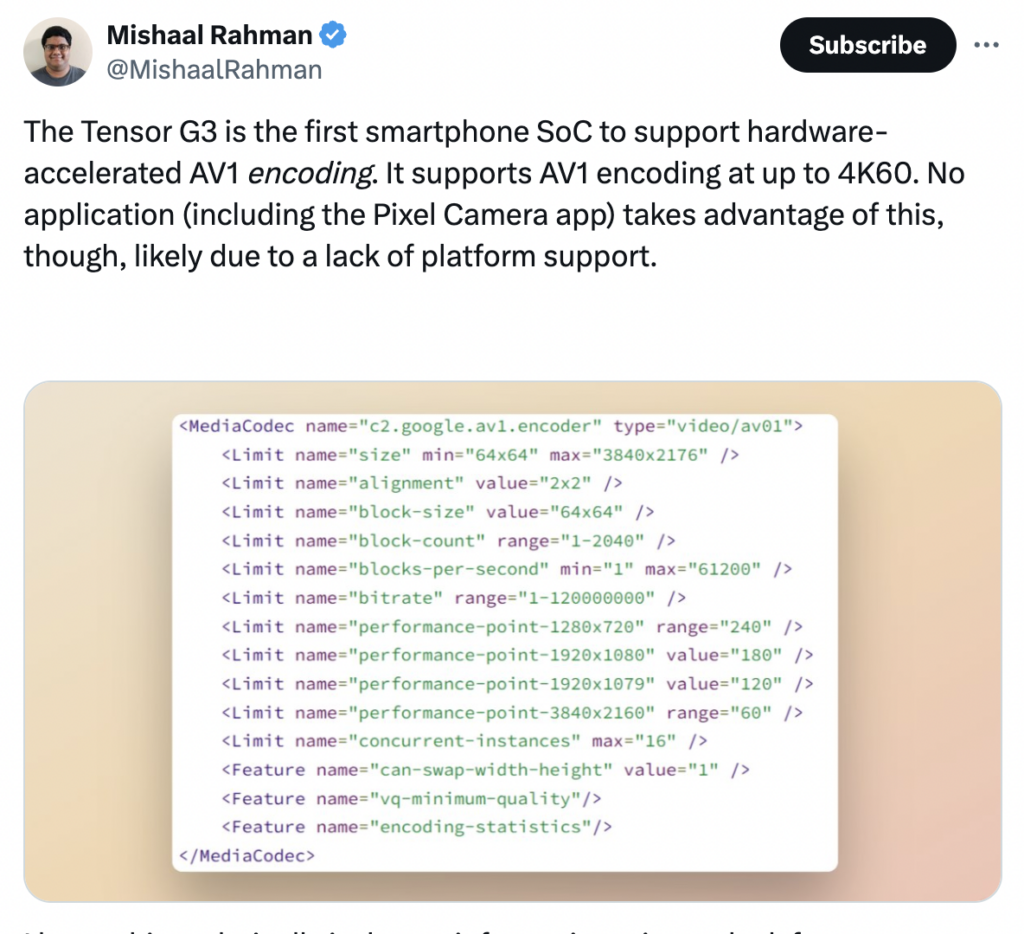

Lenovo has revealed ThinkBook Transparent Display concept laptop. this concept features a 17.3” transparent microLED screen (1,000 nits) and transparent virtual keyboard area. The latter can also transform into a virtual drawing board with the aid of a supported pen. Lenovo claims that this laptop is not only a “good proof of concept but showcases a futuristic perspective on AI PCs”. (Android Headlines, Android Authority, CN Beta)


Micron Technology has begun volume production of its HBM3E memory. The company’s HBM3E known good stack dies (KGSDs) will be used for Nvidia’s H200 compute GPU for artificial intelligence (AI) and high-performance computing (HPC) applications, which will ship in 2Q24. Micron has announced it is mass-producing 24 GB 8-Hi HBM3E devices with a data transfer rate of 9.2 GT/s and a peak memory bandwidth of over 1.2 TB/s per device. Micron uses its 1β (1-beta) process technology to produce its HBM3E. (CN Beta, AnandTech, Micron, Korea JoongAng Daily, Digitimes)
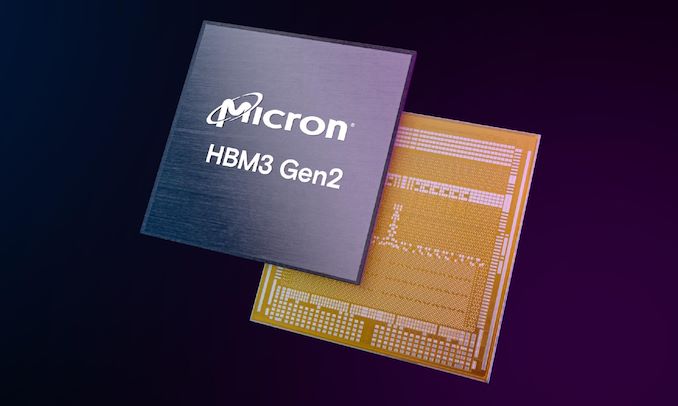
Samsung has unveiled its fifth-generation HBM product, the HBM3E 12H, which is composed of 12 layers of dynamic random-access memory chips stacked horizontally that boasts the industry’s largest memory capacity of 36 GB for HBM. The new HBM product’s capacity and performance have improved by more than 50% than its predecessor, the 8-layer HBM3 8H. Samsung uses advanced thermal compression non-conductive film (TC NCF) to make the height of its newest 12-layer HBM3E product the same as that of the eighth-layer ones. It also trims the NCF materials’ thickness to reduce the gap between chips the industry’s smallest at 7 micrometers (µm), while also eliminating voids between layers. Samsung has already provided HBM3E 12H samples to its customers and plans to mass-produce the chips in 1H24.(CN Beta, Samsung, CNBC, KED Global)
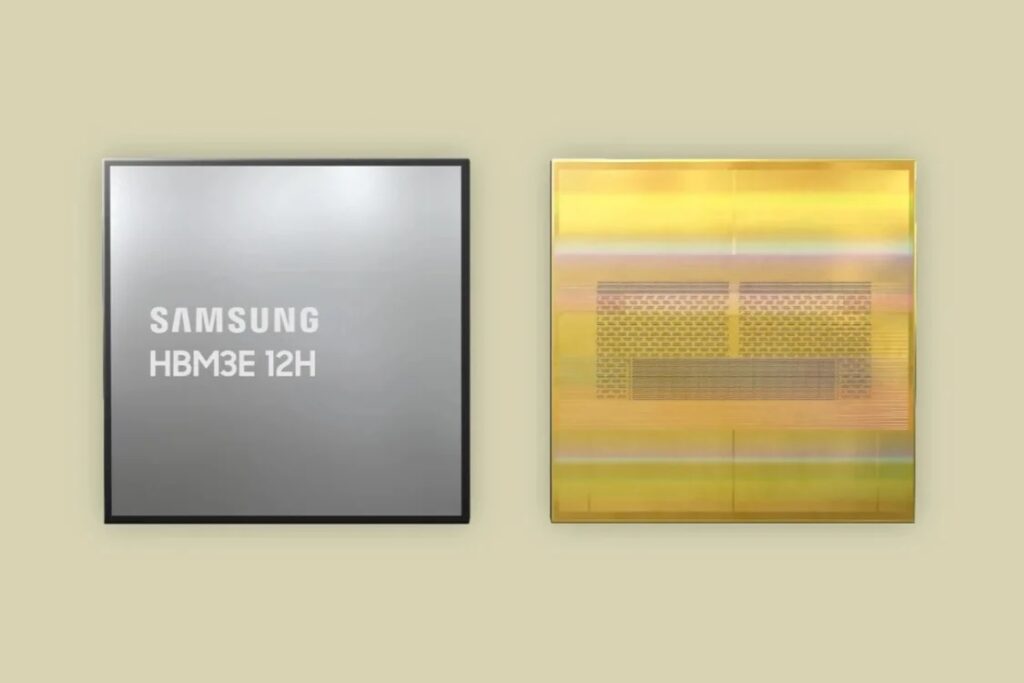

Department of Material Science and Engineering at UNIST has developed a multi-modal human emotion recognition system that combines verbal and non-verbal expression data to efficiently utilize comprehensive emotional information. At the core of this system is the personalized skin-integrated facial interface (PSiFI) system, which is self-powered, facile, stretchable, and transparent. It features a first-of-its-kind bidirectional triboelectric strain and vibration sensor that enables the simultaneous sensing and integration of verbal and non-verbal expression data. The system is fully integrated with a data processing circuit for wireless data transfer, enabling real-time emotion recognition. Utilizing machine learning algorithms, the developed technology demonstrates accurate and real-time human emotion recognition tasks, even when individuals are wearing masks. (CN Beta, ScienceDaily, ScienMag, Interesting Engineering)
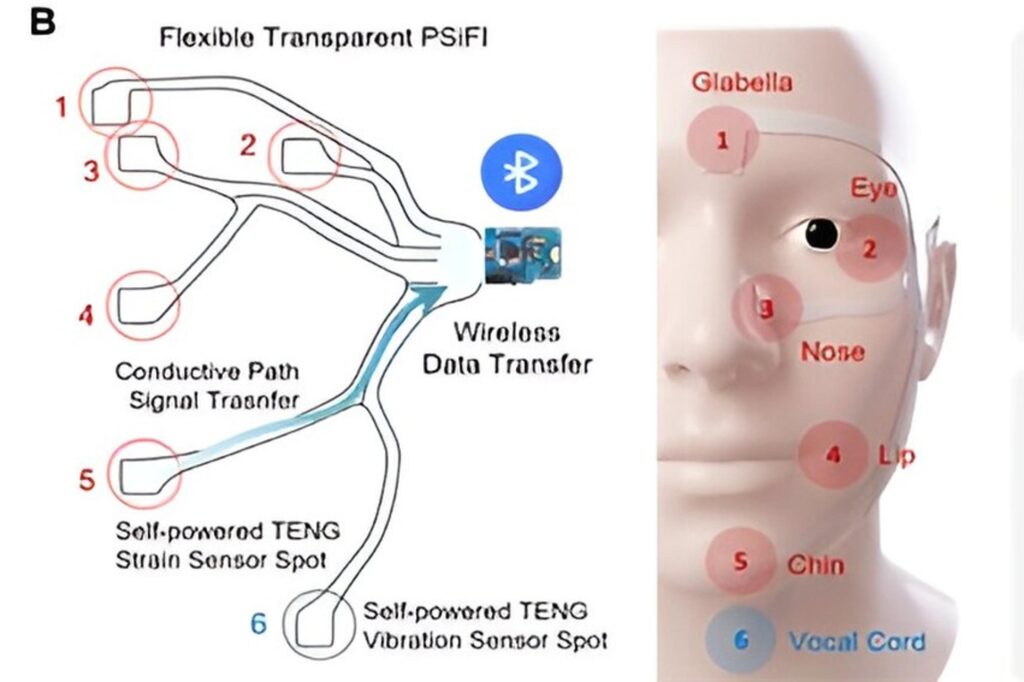

Lenovo and Motorola have announced Smart Connect, a software solution for a multi-device ecosystem experience. Users can soon look forward to using Smart Connect features such as notification sync, cross control, smart clipboard, and more on compatible products from the brands across phones, tablets, and PCs. Exact device compatibility and requirements will be announced later in the year when the feature launches. Smart Connect offers the following features: Cross control, Swipe to stream, Notification sync, Share hub, Smart clipboard, Instant hotspot, Webcam and Amplify content. (Android Headlines, Android Authority, Phone Arena, Tom’s Guide)
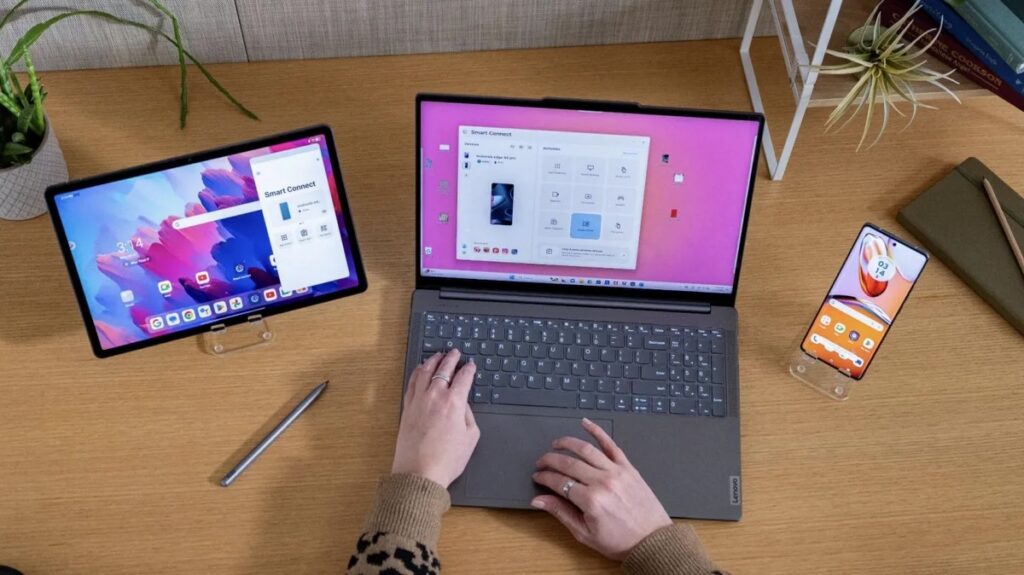
George Gao, President of Huawei Cloud Core Network Product Line, has released the 5.5G intelligent core network solution. 2024 is the first year for commercialization of 5.5G, with the 5.5G intelligent core network, as an important part of 5.5G, incorporating service intelligence, network intelligence, and O&M intelligence. 5.5G technology will improve both business value and development potential. In addition, Huawei also introduced the Multi-modal Communication Function (MCF) to allow users to control digital avatars through voice during calls, delivering a more personalized calling experience. An enterprise can also customize their own avatar as an enterprise ambassador to promote their branding. (CN Beta, Huawei, Computer Weekly)
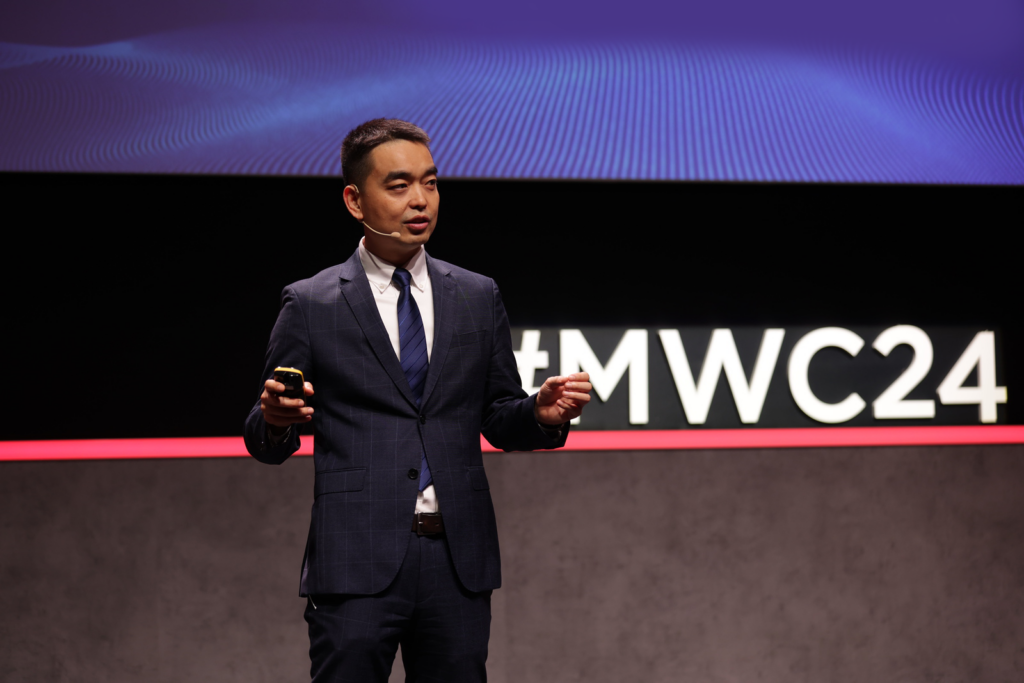

According to a new forecast from IDC, smartphone shipments are expected to reach 1.20B units in 2024, growing 2.8% YoY, followed by growth in the low single digits through 2028. While overall volumes are still below pre-pandemic levels, IDC believes the market has corrected itself and is moving on from the bottom. Device replacement cycles and rising demand in emerging markets are certainly key drivers to overall market recovery, but recent technological developments have brought new energy to the smartphone space. Most notably, foldable smartphones continue to grow rapidly with year-over-year growth of 37% expected and shipments reaching 25M in 2024. In addition, artificial intelligence (AI) has quickly become part of the smartphone discussion, sparking new interest in next-gen AI experiences on a handheld device. (Yicai Global, ECNS, CN Beta, IDC)
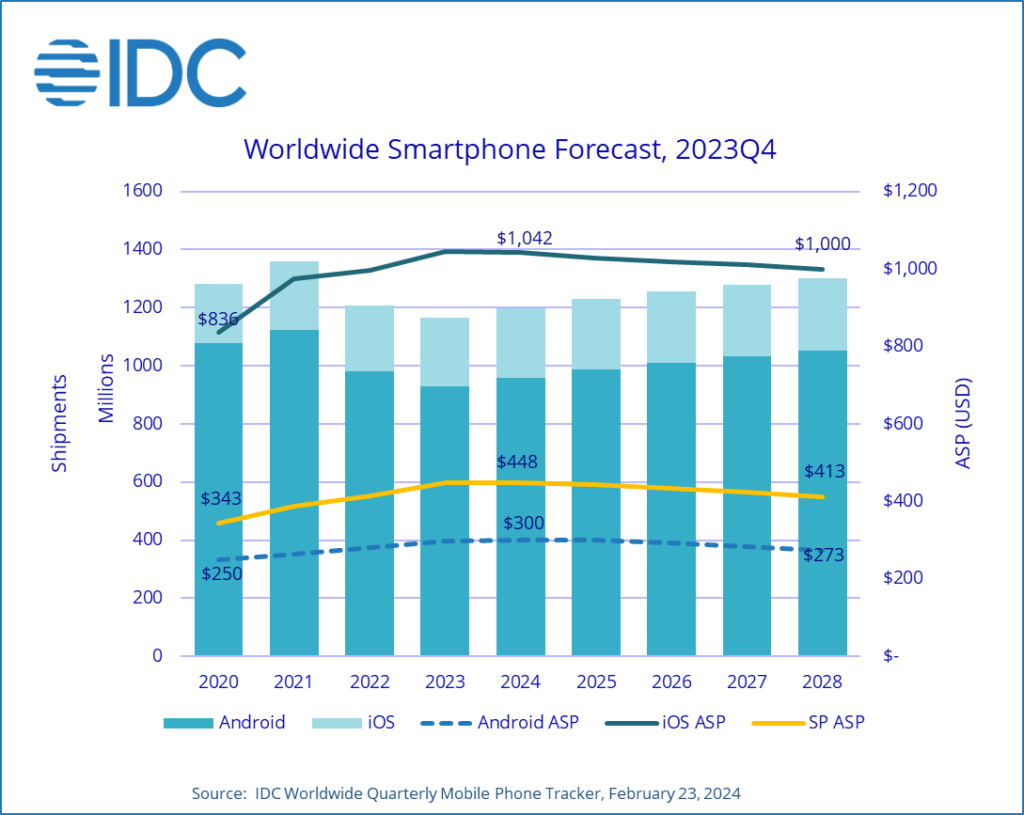
Worldwide shipments of AI PCs and generative AI (GenAI) smartphones are projected to total 295M units by the end of 2024, up from 29M units in 2023, according to a new forecast from Gartner. Gartner defines AI PCs as PCs that are equipped with dedicated AI accelerators or cores, neural processing units (NPUs), accelerated processing units (APUs) or tensor processing units (TPUs), designed to optimize and accelerate AI tasks on the device. This provides improved performance and efficiency in handling AI and GenAI workloads without relying on external servers or cloud services. Gartner estimates 240M GenAI smartphones and 54.5M AI PCs will be shipped by the end of 2024. This will represent 22% of basic and premium smartphones and 22% of all PCs in 2024. (CN Beta, Gartner)
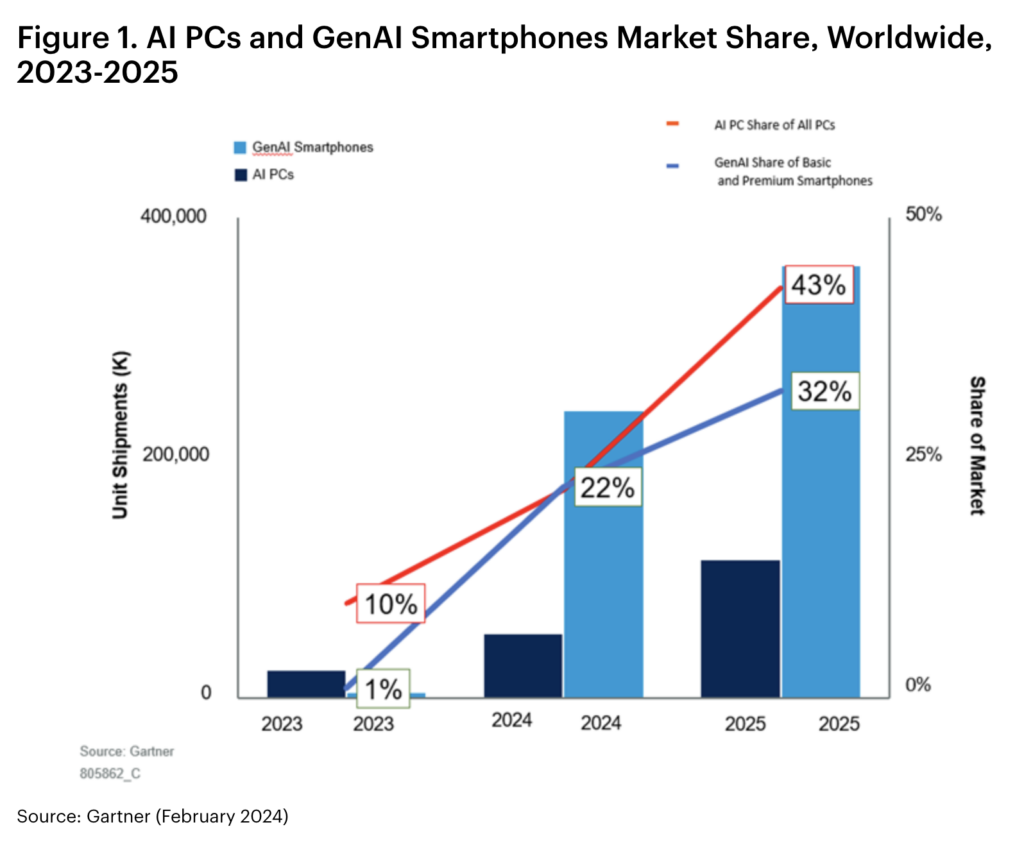

Lenovo has announced its partnership with the computer repair brand iFixit to rate the level of internal accessibility and repairability of the laptops on an IT level within large companies. Prior models of the T series were rated at a 7 repairability score from iFixit, but the updates Lenovo has introduced into the new models have earned a 9.3 across the board. (Digital Trends, iFixit, TechSpot, Lenovo)
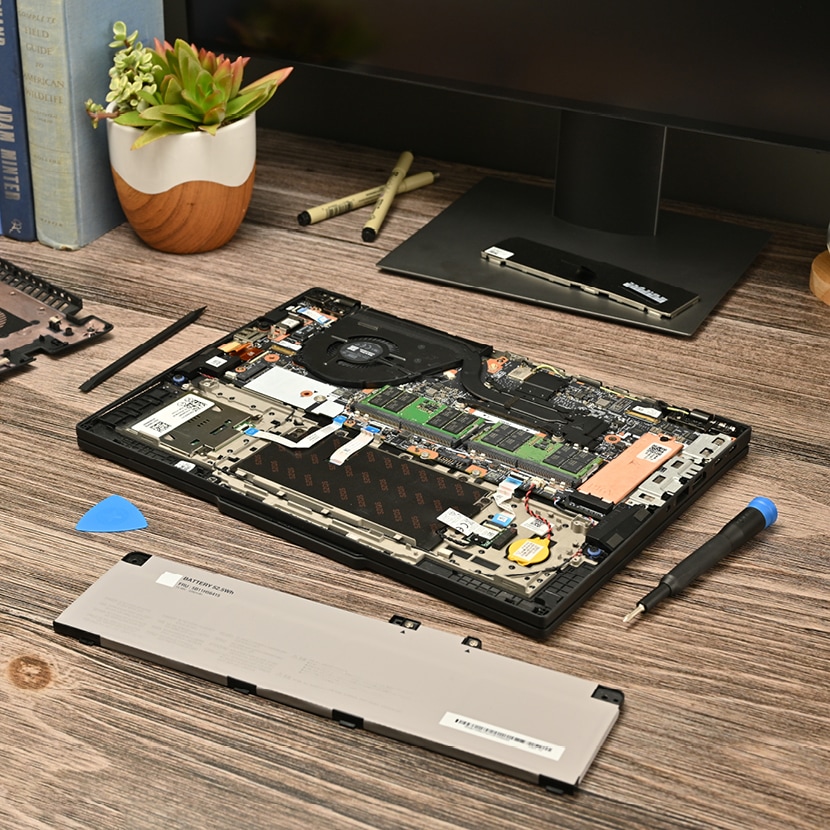

Research firm Fomalhaut Techno Solutions has dismantled the Apple Vision Pro, identified the manufacturing companies of its main components, and calculated the purchase price. The device and its components are estimated to cost about USD1,200, about one-third of its USD3,499 retail price. In terms of price, 42% of them are supplied by Japanese companies, including Sony organic EL panels, camera image sensors, and Kioxia flash memory. The second-ranked country is South Korea, accounting for 13%, including DRAM produced by SK Hynix. Taiwan, China accounts for 9%. Foxconn Technology Group, a subsidiary of Hon Hai Precision Industry, is responsible for the assembly of the terminal; Mainland China ranks fourth with 7%, mainly providing batteries, etc.; Apple’s “home base” the United States ranks fith with 6%. (CN Beta, Yahoo, Nikkei, 199IT)
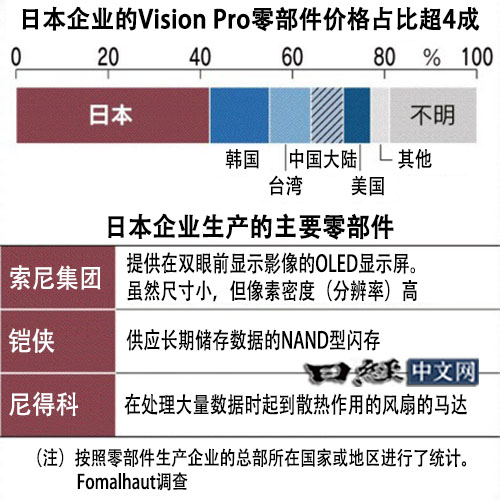
Omdia Senior Research Director David Hsieh estimates that the total bill of materials of Apple Vision Pro comes in at around USD1,542. The consumer price for the headset starts at USD3,499 but can be as much as a thousand dollars more than that, depending on the configuration the buyer chooses. Vision Pro presents both the real and the virtual worlds to the user with two micro-OLED displays, one for each eye. Together, these dual displays are the most expensive component in the headset, costing USD456. Another external display (the one used for EyeSight) costs around USD70. That means that Omdia estimates the device’s displays account for about 35% of the total cost of the device’s materials. A roll-up cost estimate of both the M2 system-on-a-chip and the R1 processor together lands at USD240, or just over 15% of the total cost of the device’s materials. (CN Beta, CNBC, Ars Technica, Omdia)
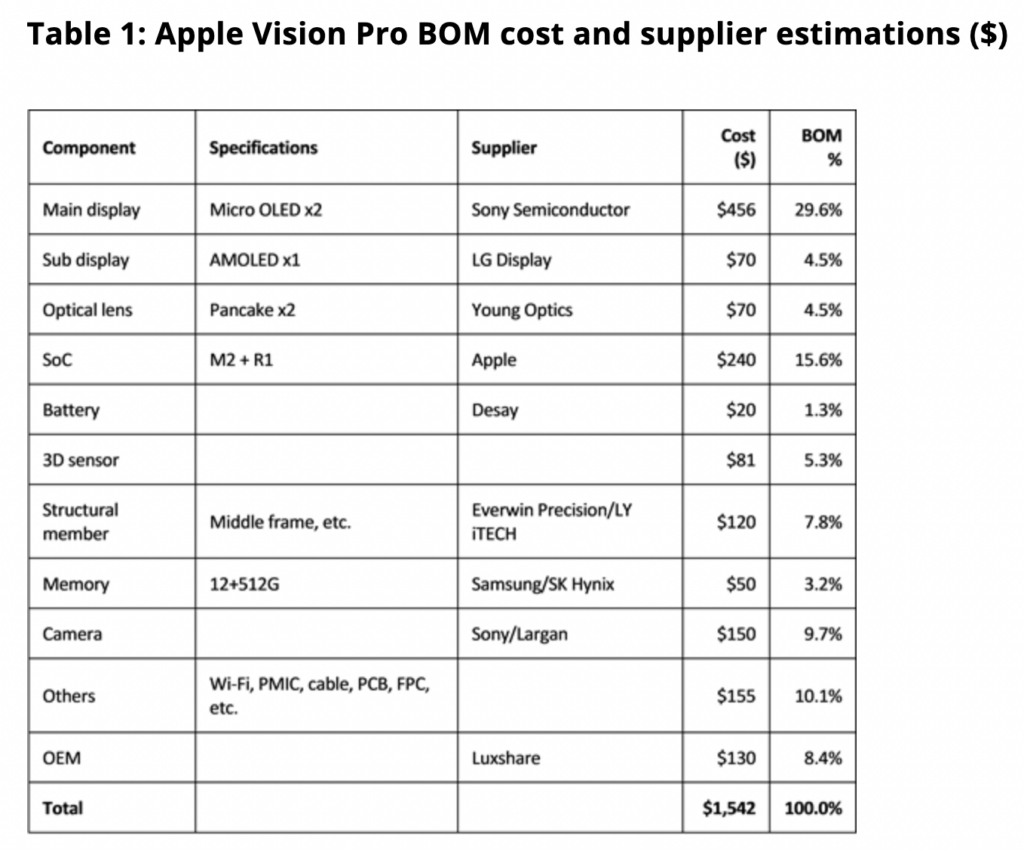
Meta and LG Electronics are expected to officially launch their AI and metaverse alliance. Meta CEO Mark Zuckerberg is visiting Korea for the first time in 10 years and is scheduled to meet with LG Electronics CEO William Cho to negotiate the development of extended reality (XR) headset devices. They are expected to discuss collaboration plans on new-generation technologies and products such as AI, XR, and more. The announcement of Meta and LG’s XR headset device development plan and sales strategy is expected to come in the future. (CN Beta, UploadVR, Digitimes, RoadtoVR, Hankyung)
